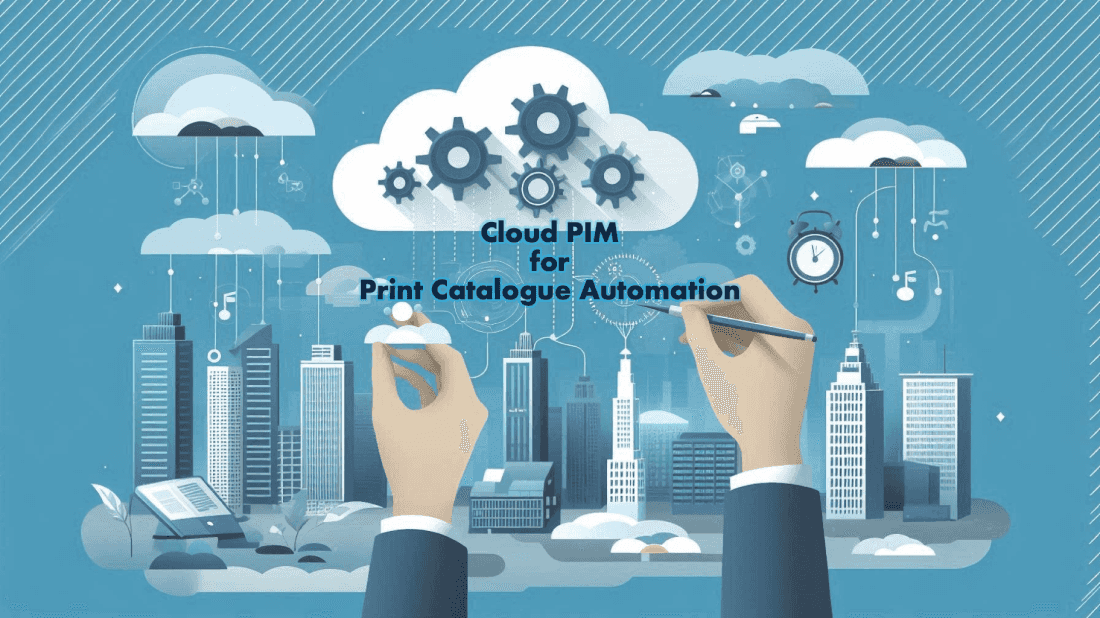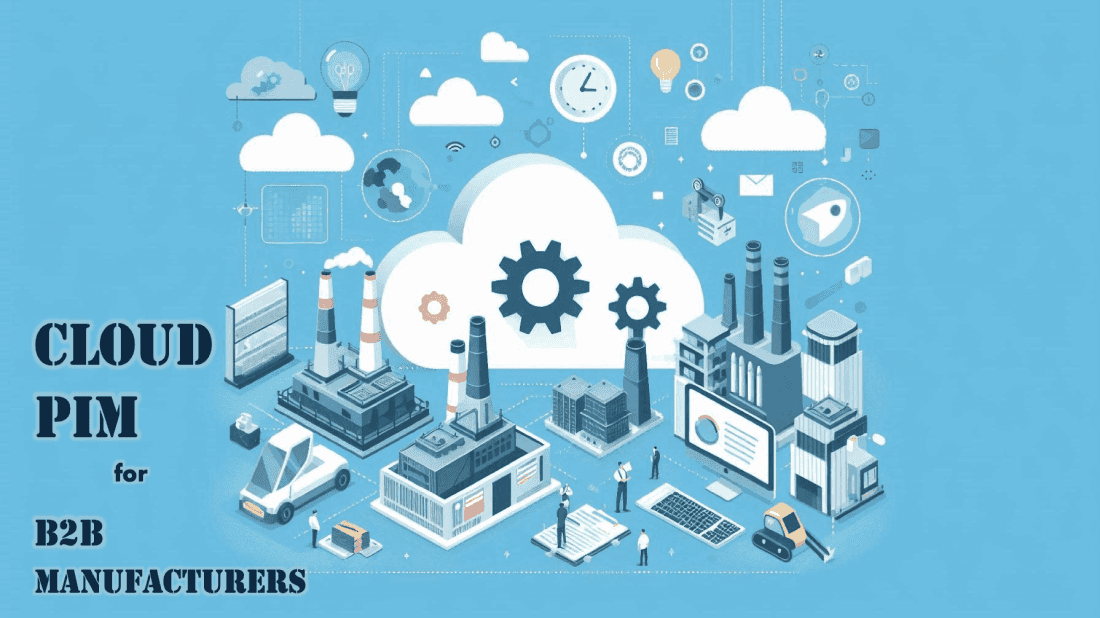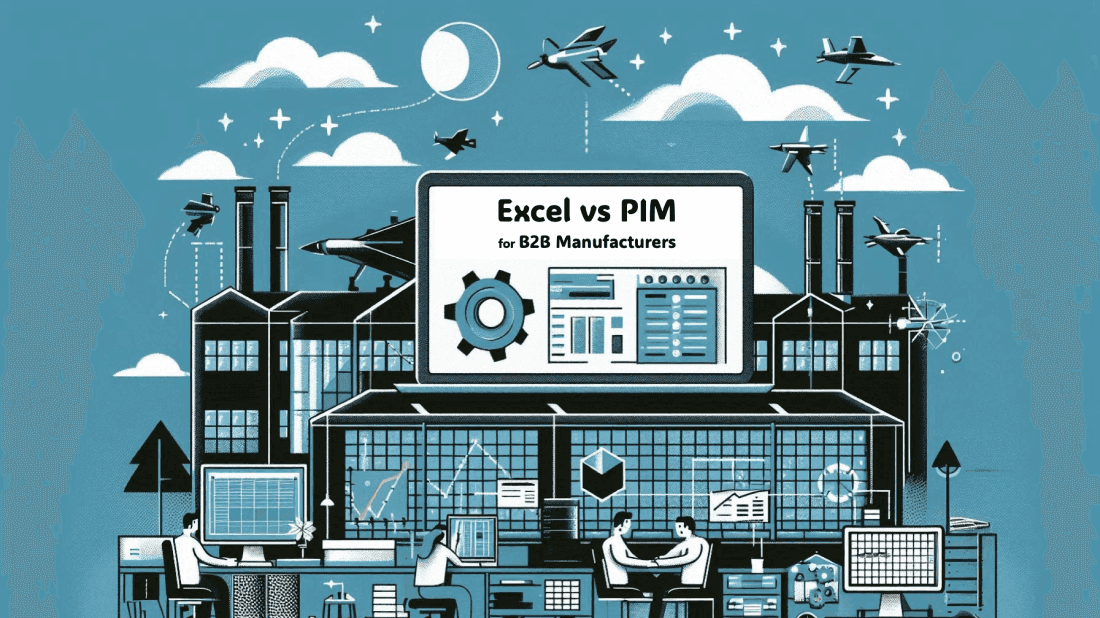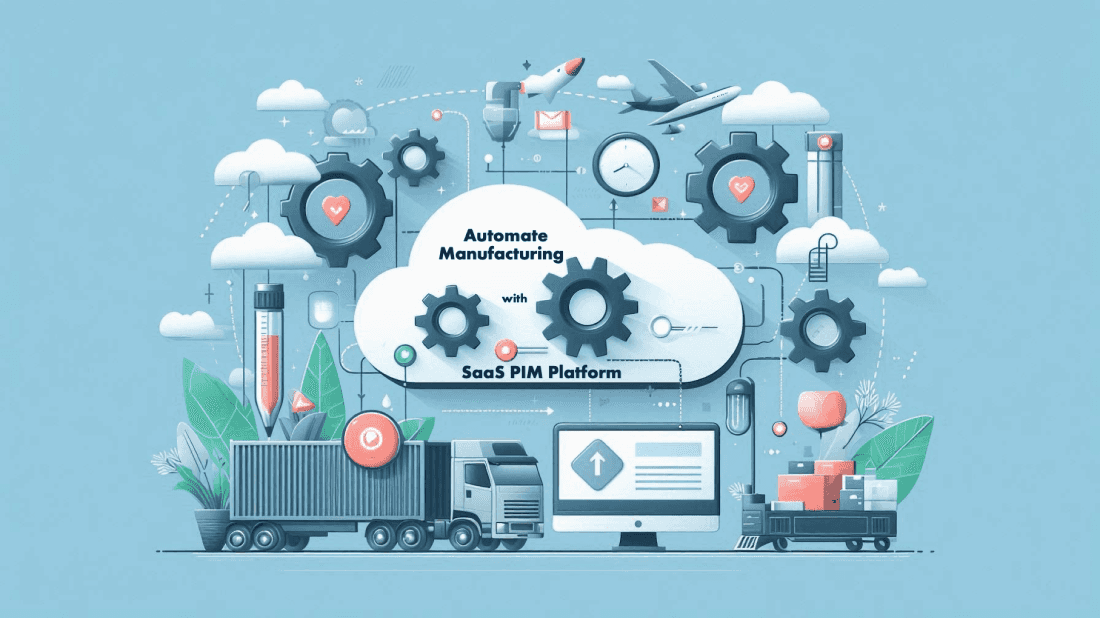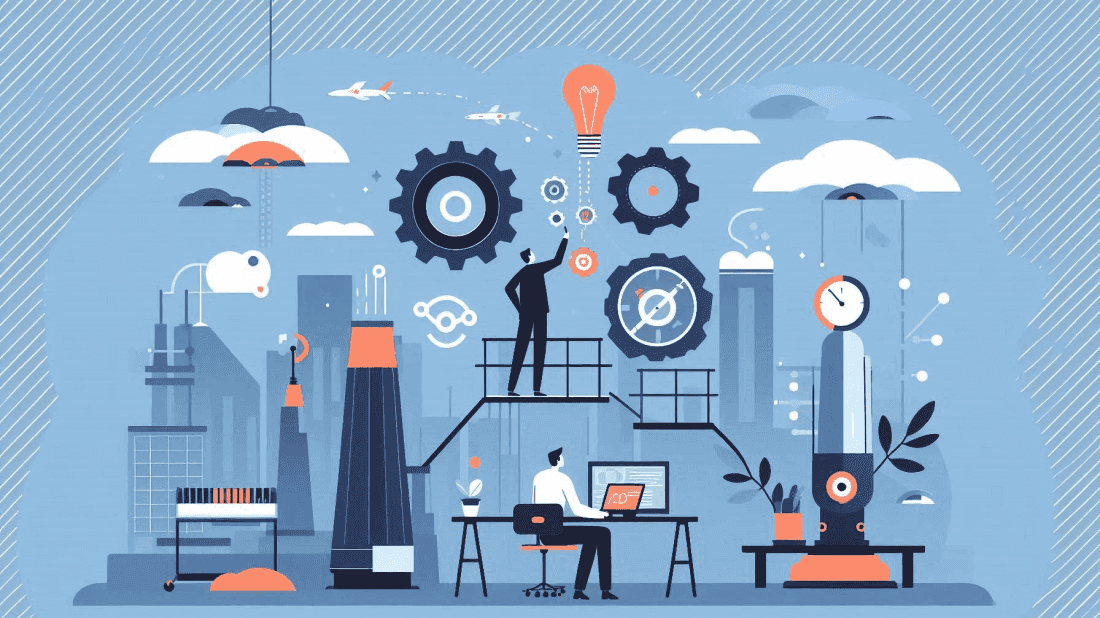Mar 10th, 2024
Partner Enablement Strategy for Business Growth
Channel partner networks have been responsible for 30% to up to 95% of OEM businesses across the world.
Most OEM businesses have taken to channel partner route to expand their footprints rapidly. Some brands have registered a 1400% growth in revenue using partner enablement strategies.
Channel partner enablement has been the go-to solution for rapid business and revenue growth or new market penetration.
What is Channel Partner Enablement?
Channel partner networks refer to the ecosystem of external entities, such as resellers, distributors, and value-added partners. These entities collaborate with a company to market, sell, and support its products or services.
Channel partner enablement involves equipping these partners with the resources, tools, training, and technical support. An enabled partner can effectively represent and sell the company's offerings.
Channel partner enablement framework revolves around the following factors:
- Product knowledge
- Sales training
- Marketing materials
- Technical support
- Access to relevant systems or platforms
Key Benefits of Partner Enablement
Effective channel partner enablement fosters stronger partnerships, enhances partner productivity, and drives mutual success. It ensures that partners have the expertise and resources to engage with your customers, generate leads, close deals, and deliver value-added services.
So, what does partner enablement achieve for you?
- Expanded Market Reach
- Increased Sales and Revenue
- Cost Efficiency
- Access to Specialized Skills
- Enhanced Customer Experience
- Faster Time-to-Market
- Flexibility and Adaptability
- Brand Visibility and Credibility
- Focus on Core Competencies
- Long-Term Growth Opportunities
Thus, channel partner enablement contributes to increased revenue, market share expansion, and overall business growth.
Key Elements of Effective Partner Enablement Strategy
You can test the elements of the partner enablement framework on the three factors – Product, Partner, and Consumer. The elements holding value for all three factors should get the highest priority. You can choose one or more elements for your partner enablement strategy based on the three-factor test:
-
Simplified Partner Onboarding Process
Effective partner enablement programs begin with a robust yet simplified partner onboarding process. The onboarding process should ensure that partners can understand and evaluate the company's value proposition.
Until 2020 VMWare, a virtualization software provider, hosted a complicated partner enablement framework. The process eventually became too complex for the vendors to adhere to and the cost of signing up made profitability rare.
A complicated onboarding process can affect the gravity of your partner program. A simplified onboarding process, for example, a certification and one agreement, should be enough work to start the partnership.
-
Clear Pathways to Progress
Partner enablement means they have access to the knowledge content and the freedom to choose their competencies. Successful channel partner programs provide clear expectations and goals for partners. Often the programs have aligned incentives and objectives to drive partner growth.
However, partner enablement means that partners can access the knowledge resources necessary to achieve the goals. OEMs and IT service developers including Cisco, Microsoft, and Caterpillar, offer their vendor partners a progress path.
These pathways offer targeted enablers to support partners’ progress, skilling, and selling the products partners select.
-
Training and Certification
Training and certifications are a critical element of any large channel partner program. You can include certifications as the minimum requirement to partner with only qualified businesses. However, consumers will need more than the initial certification to trust your partner with the complex and high-stakes products and services.
That is why regular training and certifications are a critical part of any successful partner enablement program. Also, regular training and certifications will ensure that your partners have the knowledge and skills to engage the customers well.
-
Marketing Support
Marketing is one of the essentials for growing your market base and the same holds for your channel partners. Thus, almost all channel partner programs for selling innovative, hi-tech, and technologically advanced products offer marketing support.
This can be in the form of co-branded collateral, marketing campaigns, and lead-generation activities. Companies with multinational presence can offer customized programs for regional vendor partners.
-
Sales Enablement Tools
Sales is the ultimate goal of both the OEMs and their channel partners. As an OEM, equipping partners with sales enablement tools means empowering them to offer a superior customer experience.
The tools will include CRM systems, sales playbooks, product demos, and other content that enables them to address customer challenges. Companies like Oracle focus more on building consumer experience, banking on the principle that sales will follow a stronger partner relationship.
-
Performance Tracking and Incentives
Performance tracking offers several advantages to your partner-enablement efforts. For example, you can classify the partners into several tiers and design additional support mechanisms. Rewarding and outperforming partners is a good way to keep morale high around the KPIs.
Revenue has been a natural indicator of performance KPIs. However, you can also set customer feedback, certification levels, and sales behavior as partner KPIs. Companies like Microsoft, Oracle, VMWare, Caterpillar, etc. use partner KPIs that align with their business goals.
-
Regular Communication and Support
Channel partners are the extended arms and sensors of your business. Therefore, they should always stay connected to the relevant people and departments in your firm. Open and transparent communication channels help establish an accountable network of information and support workflows.
OEMs can use dedicated channel managers to ensure that partners’ feedback is captured, and they are supported for their customer engagements.
-
Joint Business Planning
Many leading OEMs conduct co-business planning sessions with their channel partners. While co-selling, co-investment, and co-marketing are quite common with partner enablement strategies, OEMs like Caterpillar take it to the next level. CAT turns its dealers into co-equal mentors in the network.
CAT channel partners are much more than just dealer networks. They execute the Customer Value Agreements (CVA) in full. CVAs include pre- and post-sale services including maintenance, operator training, insurance, and product applications.
Thus, partners become the enablers instead of OEM offering enablement.
-
Shared Gains & Pains
The quality of company and partner relations often matters more than effort and enablement. Quality partnerships are built on trust and trust is built through continuous two-way communications and consistent policies. Leading OEMs with channel partner programs often demand channel partners to have a significant foot in the game.
That is, partners share the profits and costs of operating in their respective markets.
-
Continuous Improvement
Continuous improvement and adapting to the changing market dynamics are necessary for any long-term strategy. Successful channel partner programs improve through feedback, data analytics, and deep research.
Regular surveys, social scores, and market analysis tools can help monitor and change partner enablement resources.
- Role of technology in enhancing partner enablement efforts.
- Overview of tools and platforms for managing partner enablement.
- Case studies showcasing technology-driven enablement solutions.
- Recommendations from top-ranking SERP results on leveraging technology.
VI. Partner Enablement Software (Leveraging Technology for Partner Enablement)
Partner Enablement Software/Tools
Key elements of the channel partner enablement framework rely heavily on the product information coming from the OEMs. The quality of product data can ensure clarity and build consumer confidence in the dealers and the brand. Implementing product information management (PIM) and digital asset management (DAM) systems can provide comfort to OEMs.
| FEATURE | PIM System | DAM System |
|---|---|---|
| Single Source of Truth | Centralizes product information for easy access | Organizes and stores digital assets efficiently |
| Product Catalog | Maintains a comprehensive catalog of products | Provides a repository for images, videos, digital documents, etc. |
| Data Enrichment | Enhances product data with attributes and metadata | Offers metadata tagging for effective search |
| Workflow Automation | Streamlines product data workflows | Facilitates collaboration in asset management |
| Version Control | Ensures consistency and accuracy of product data | Manages different versions of digital assets |
| Integration | Integrates with ERP, CRM, and other systems | Integrates with CMS, marketing platforms, etc. |
| Customization | Allows customization to meet specific business needs | Offers flexibility to tailor to organizational requirements |
| Scalability | Scales to accommodate growing product portfolios | Scales to handle increasing volumes of digital assets |
| Analytics | Provides insights into product data performance | Offers analytics on asset usage and engagement |
| Compliance | Ensures compliance with industry regulations | Helps in compliance with copyright and usage rights |
| Cost Efficiency | Optimizes operational costs | Reduces costs associated with asset management |
Thus, combining PIM and DAM systems allows OEMs to provide comprehensive learning, information, and technical assistance to their partners. SaaS platforms like Neurologik’s ProductHub combine the features of MDM, PIM, DAM, and CMS to enable all knowledge, marketing, sales, and customer service resources for OEMs and their partners.
Tools like ProductHub do not need hard installation and simply integrate with your existing ERP using APIs to extract product data. ProductHub also helps share the product data with channel partners in the format they need. Multilingual support ensures you can create and share catalogs in regional languages.
Thus, ProductHub integration can make your channel partner enablement easy, reliable, and fast.
Partner Enablement for Business Growth
The best business processes are those that can be reliably left to run without regular interventions. Partner enablement programs should be no different. OEMs can focus on strategic decisions with the help of AI-enabled tools like ProductHub.
ProductHub enables more reliable, and consistent product data on all platforms from marketing to training materials.
FAQs
- Clearly defining partner roles and responsibilities
- Providing comprehensive training and resources
- Establishing regular communication channels
- Fostering collaboration between partners and internal teams
- Tracking and measuring performance metrics
- Continuously improving the program based on feedback and results

